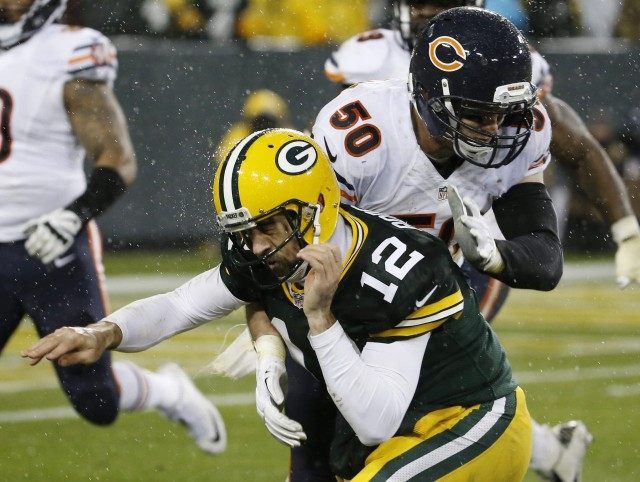A federal appeals court ruled against former NFL players seeking a better settlement against the league in the landmark concussion lawsuit.
“[T]hey risk making the perfect the enemy of the good,’’ the U.S. Court of Appeals for the Third Circuit said of the tiny percentage of players rejecting the initial settlement. “This settlement will provide nearly $1 billion in value to the class of retired players. It is a testament to the players, researchers and advocates who have worked to expose the true human costs of a sport so many love. Though not perfect, it is fair.”
Players diagnosed with certain neurological diseases receive up to $5 million from the league because of the settlement reached in 2013.
When the federal government studied the roughly 3,500 players who competed in the NFL for five or more seasons between 1959 and 1988, they expected to find 10 neurodegenerative disease deaths based on prevailing rates. They found 12. A group of researchers, which included a former MacArthur “genius grant” recipient, theorized that the slight spike in such deaths might result from the fact that NFL players tend to outlive their peers in society. In other words, better health outcomes when it came to cancer, heart disease, respiratory illness, and almost every other killer category examined meant that Alzheimer’s and other such diseases which disproportionately afflict aged populations necessarily disproportionately afflicted NFL players.
Unlike a diagnosis of Alzheimer’s, Lou Gehrig’s, or Parkinson’s disease, a finding of chronic traumatic encephalopathy, which can only come posthumously, does not entitle players’ families to a monetary award under the terms of the suit should that diagnosis come after the settlement. The causes and prevalence of the disease remains unknown, and ethical questions follow several doctors issuing diagnoses. The groups studying the disease continue to define it differently and find very different rates of the disease in the small number of decedents they examine, making the prospect of doctor shopping a real concern for the league.
Litigants against the league included kickers who competed in a handful of NFL games, replacement players who appeared only in the three games held during 1987’s strike, and more than 500 athletes who received a tryout or earned a spot on a taxi squad but never played a down in an actual NFL game. Whether athletes received damage from playing football in Pop Warner, high school, college, or some other professional league, or perhaps damaged themselves through drugs, alcohol, or trauma unrelated to sports, does not matter with regard to the settlement. Though a certain number of NFL players, like a certain number of hairdressers, lawyers, and construction workers, come down with neurodegenerative diseases regardless of their profession, the settlement assumes that any retired NFL athlete got their malady through professional football.
The league insisted on expanding those eligible for benefits to all NFL players rather than those suing the league. That move likely prevents further suits even if it opens up the money pool to a larger number of people. A small number of players who opted out of the settlement can pursue legal claims against the league but the remainder remain tethered to the benefits bequeathed by the settlement upheld on Monday, which likely dissipates if not ends the legal nightmare the NFL endured over the issue.

COMMENTS
Please let us know if you're having issues with commenting.